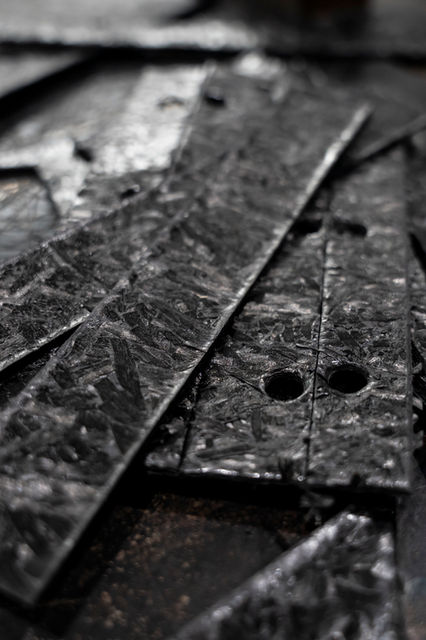
Compression Molding Capabilities
Compression Molding and Sheet Molding Compounds
Compression molded parts are key to many aircraft applications in which strength, reduced weight and cost are a factor. Compression molding (or compression molding–we’ll use both spellings interchangeably here) applies temperature and pressure to form, cure, and bond aerospace components. Compression molding introduces a resin, compound or rubber to a fabric, impregnating it in order to create a bonded compression material to perform to specific strength and force standards.
Sheet molding compounds, or materials used in compression molding can utilize thermoplastic compression molding compounds such as Nylon, PEEK, PEI and PPS. Or they can be thermoset such as BMI, cyanate ester, and epoxy.
Materials:
-
Lytex (sheet molding compounds)
-
DAP (diallyl phthalate)
-
Epoxy glass compounds
-
Phenolic glass compounds
-
Polyester glass compounds
-
Silicone glass compounds
-
Ceramic filled compounds
Compression Molding Applications
Compression molding applications can include a variety of aerospace components such as composite fan blades, brackets, face sheets, covers, clips, structural and semi-structural parts, and many more.
-
COMPRESSION MOLDING UP TO 500 TONS
-
ULTEM, PEEK, LEXAN, NYLON, TORLON, THERMOSET MATERIALS.
Advantages of Compression Molding
-
Specific strength for specific purposes
-
Lighter weight
-
Less need for machining/tooling
-
Higher performance at a lower cost
-
Reduced part labor
-
Increased control over dimension and stability
-
Can sometimes combine simple parts into one more intricate component





